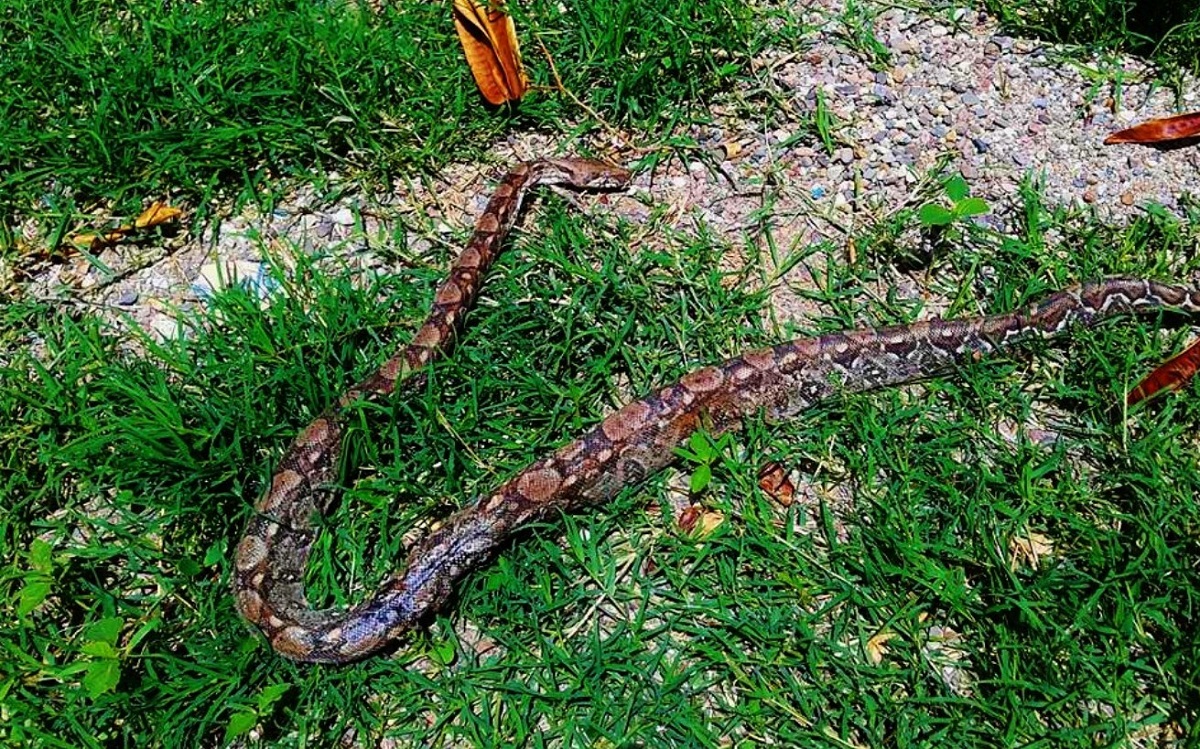
It is well known by those who have gardens and natural spaces in their homes, that pests are a great nuisance when they are not treated properly or on time. Some are so simple that in a couple of days or weeks they can be controlled, but there are those pests that really make it difficult to control and disappear.
Such is the case with snakes. These animals with long and thin bodies have been for many cultures the representation of evil, not in vain, there are many species whose venom is deadly, such as the King Cobra or the Russell viper.
Areas where snakes can appear

And as incredible as it may seem to you, a garden that has certain characteristics of foliage, humidity and collects the necessary conditions to support life, it is very, very likely that there is a snake in your garden.
But beware, this does not mean that the animal that has invaded your natural space is poisonous. It all depends a lot on the place or site where you are. Since depending on the area, the snake species will vary greatly. Just as your garden can attract a poisonous snake, it can also be the perfect place for one that doesn't have venom in its fangs.
And although most live in tropical and subtropical climates, we also find some in somewhat more northern regions. So, let's see how to keep snakes out of the garden.
Identify the snakes in your region
Knowing the snakes that live in your area will help you to be calmer, since you'll know which ones to keep away and which ones you can let live in your garden. In the event that you live in Spain, you should know that the most poisonous are:
Pyrenean Viper (vipera aspis)
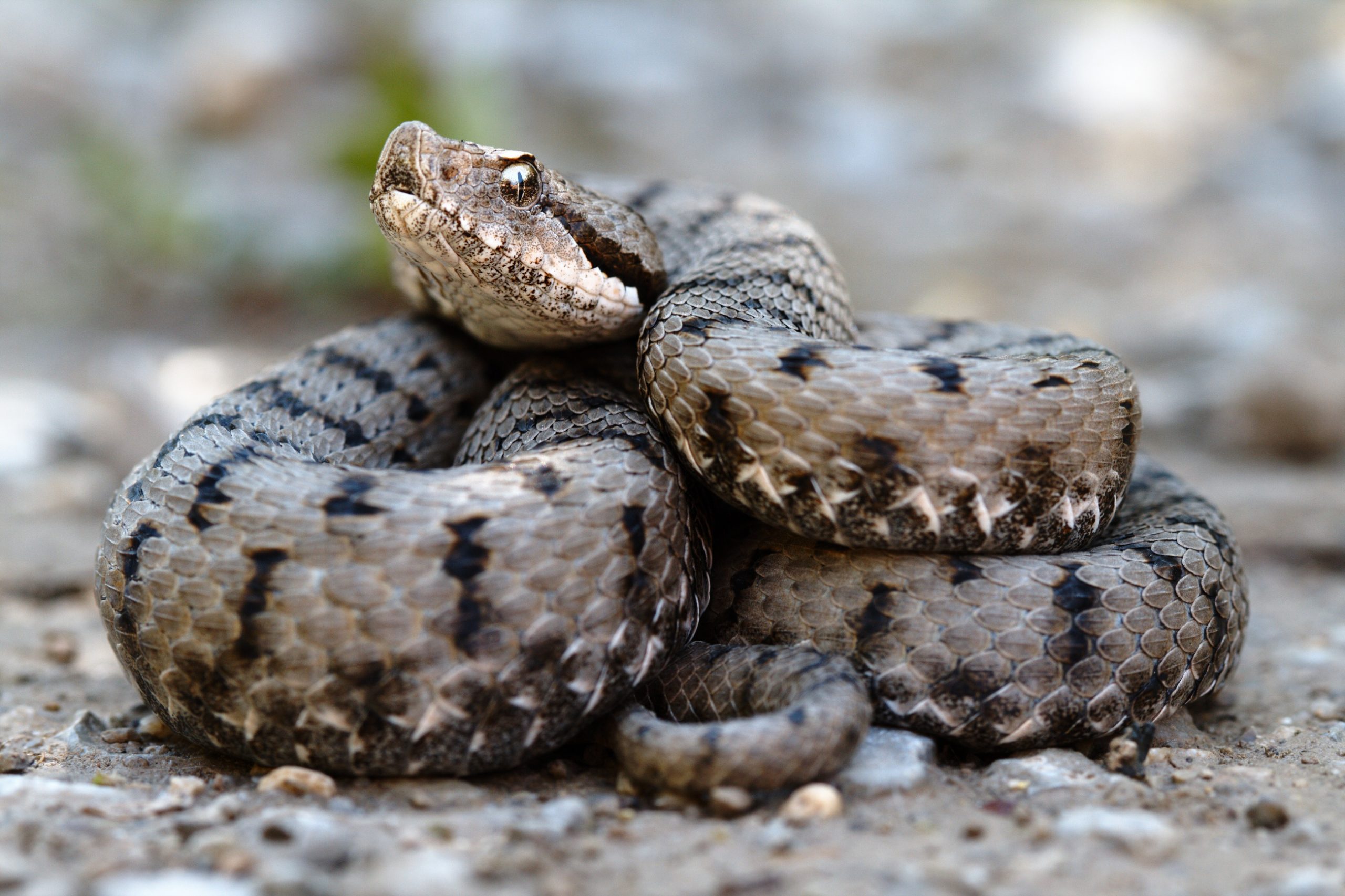
Image - Wikimedia / Felix Reimann
It is found throughout the Pyrenees area. The venom of this snake can kill children and the elderly, so you have to stay away as much as possible.
To make it much easier for you to identify this species, you have to know the following details:
- The size of this snake can measure up to a meter in length, but in general its size is between 60 and 70 cm in length.
- The head has a triangular appearance and its mouth or muzzle is slightly raised.
- In the male snake you can find more spots on its body than in the females.
- They are snakes that prefer to live in cold areas and have an activity period of only 6 months.
- They are usually found in areas that are not very above sea level.
- If left unchecked and eradicated quickly, they can increase their numbers quickly.
- They feed on small rodents and small birds, and eat one prey every 4 weeks or so.
Cantabrian Viper (Vipera seoanei)
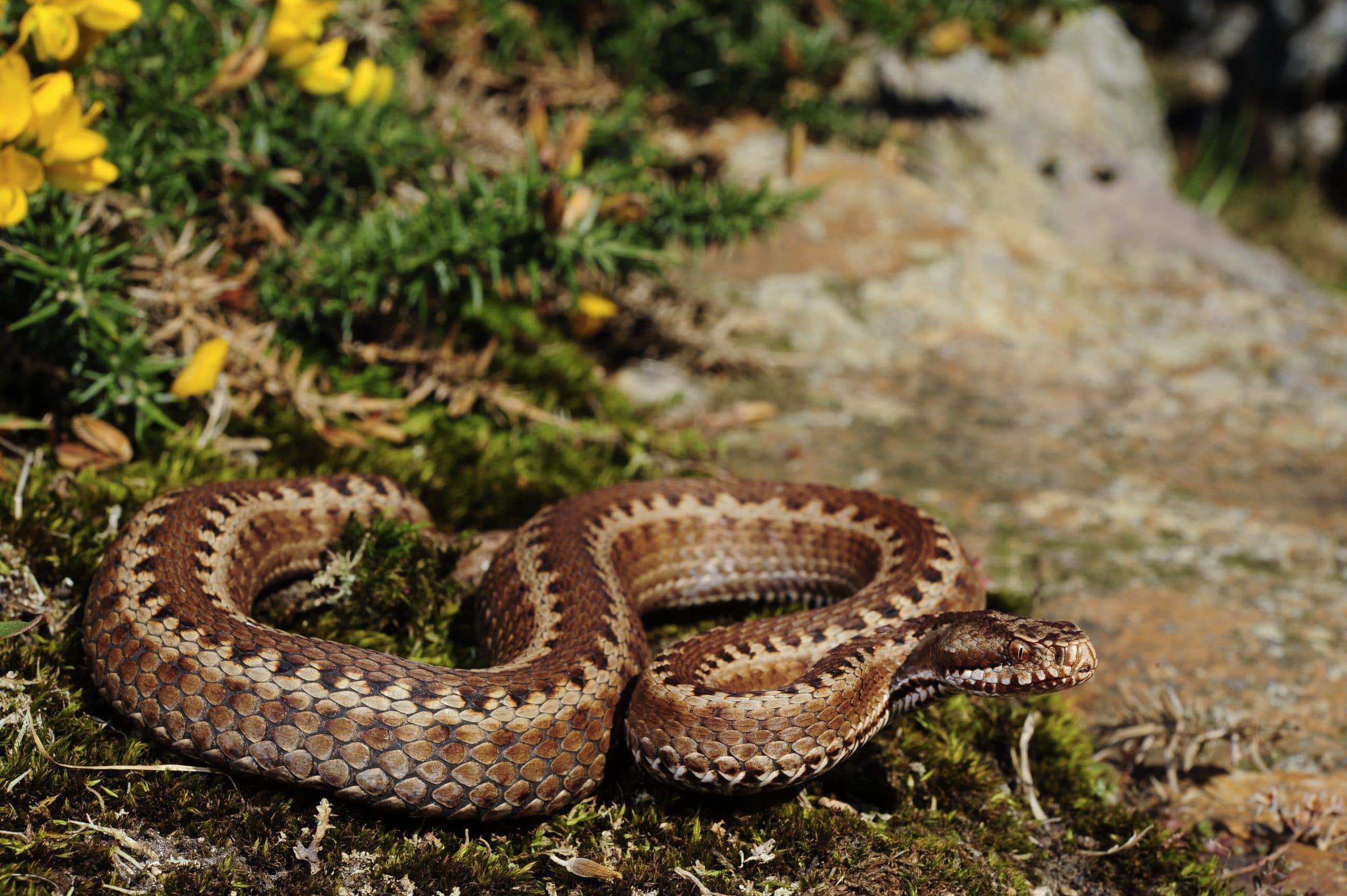
You can find this species from Galicia to the Pyrenees, and the truth is that once you see this snake, you will surely get a good scare because of its threatening appearance. This is a medium-sized viper, when compared to most other European species.
The standard size of this animal is around 60 cm in length. Its tail only represents 15% of its body and although its appearance mainly occurs in Galicia and the Pyrenees, it can also be found throughout the north of Spain.
Snout viper (Vipera latastei)
It lives throughout the Iberian Peninsula. Its venom is less toxic than that of the previous two, but it is the one that produces the most attacks on humans.
Bastard snake (Malpolon monspessulanus)

It is found throughout the country, except in the north of the peninsula. It is much less poisonous than snakes.
Cogulla snake (Macroprotodon brevis)
It is found in the southern half of the peninsula and in the Balearic Islands. If disturbed, it can become very aggressive, but its venom is not very powerful..
Now, at this point you know the multiple species that exist in Spain and those that are prone to appear in your garden. It is time to move on to the different ways of dealing with these snakes.
Ways to deal with snakes in the home
Causes vibrations
To keep the snakes out of the garden, there is nothing like running the mower. The vibrations caused with it will immediately be detected by the reptiles, which will leave.
The reason behind this simple method is that snakes they are very susceptible to the vibrations they feel on the ground. Depending on the level of vibration, they can estimate if something big is coming or if it is something they can deal with.
So not only do they rely solely on their sense of smell to track prey once they have bitten it, but they are also highly perceptual and / or sensory.
The recommendable thing is mowing your garden every week if possible. In addition to this, you have to make sure that the bushes you have are not too low or too lush or that at first glance you can see how neglected they are.
If not properly maintained, this can become the perfect place for a snake nest.
Clean specific areas
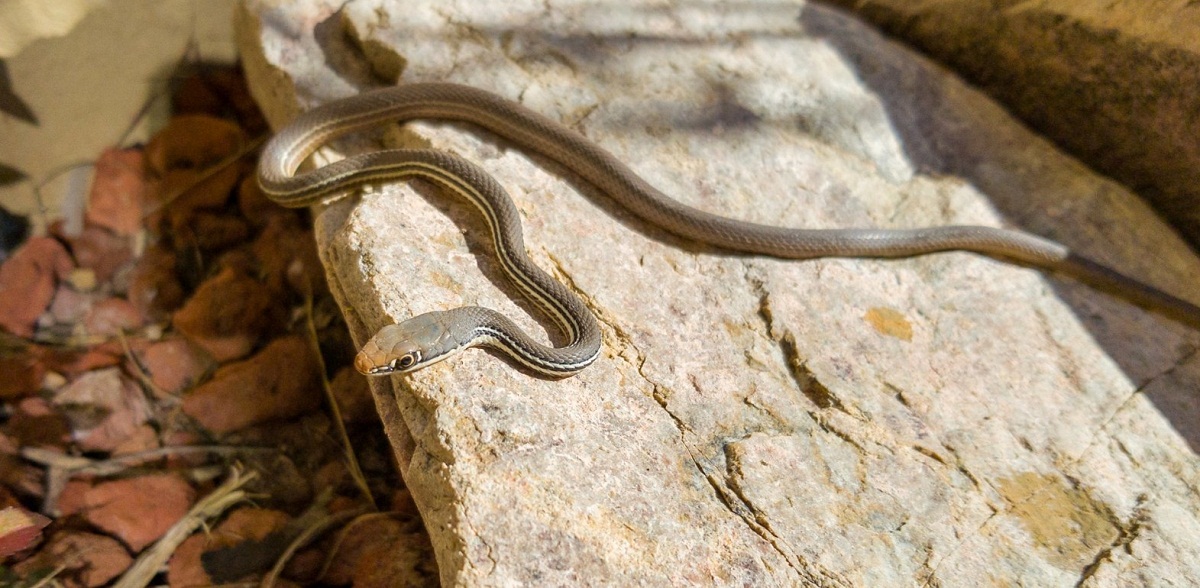
Obviously not just any place will be ideal for snakes, no matter what kind. There are places inside the home and outside it that become the perfect place for them to live and develop. Because you have to focus on keeping the following places clean:
- Areas of grass or weeds that have managed to acquire a great height that exceeds 50 cm in height.
- High density of foliage together, either live or dead foliage.
- Shrubs without proper care and maintenance that can serve as a den and hunting ground for snakes.
Basically it is eliminate all those potential aspects that contribute to the appearance of snakes of all kinds.
Is that imagine that you have several tires lying in a corner in your garden. Rest assured that at some point it will become the home of some type of snake, depending on where you live.
But if you don't want to do most of these things, something very easy you can do is pave the ground of your garden completely and leave only the space necessary to place your plants.
Keep in mind that paving the garden does not imply that you have to cut a plant by the roots, you can do this and keep your plants intact.
Use a chemical repellent
Today we have chemical repellants that, used correctly, will keep your garden free of snakes. Of course, there are some that are more appropriate than others for some species, so you have to investigate a bit which ones are in the area.
In the same way, if you don't have the way to buy a repellent against snakes, you have the option of using natural alternatives as can some species of plants.
Among them we can mention:
● Marigolds.
● Lemongrass.
● Onion and garlic.
They may be as effective as they may not. You just have to look for a little information about the snakes that are usually seen in the area where you live and based on that, choose the plant that works best.
The reason for using plants like these is because they give off an aroma that is unpleasant for these animals. Therefore, a crop or garden that has plants with strong and pungent scents for snakes, will be an effective way to deal with them.
Other alternatives that you can choose that have excellent results are:
Diesel
Because of the strong smell that this liquid gives off. What's more, not only snakes reacted negatively in the presence of diesel, but also any kind of life.
So that you must use it carefully so as not to harm the fauna that can develop in your garden.
Bleach
This is another of the products that also offers a great result to scare away snakes.
The detail is that if you touch the bleach directly, it is highly likely that you will cause skin problems and end up burning. To give you an idea of its potential, combining a little bleach with water can bring the solution to around 200 ° C.
Set traps
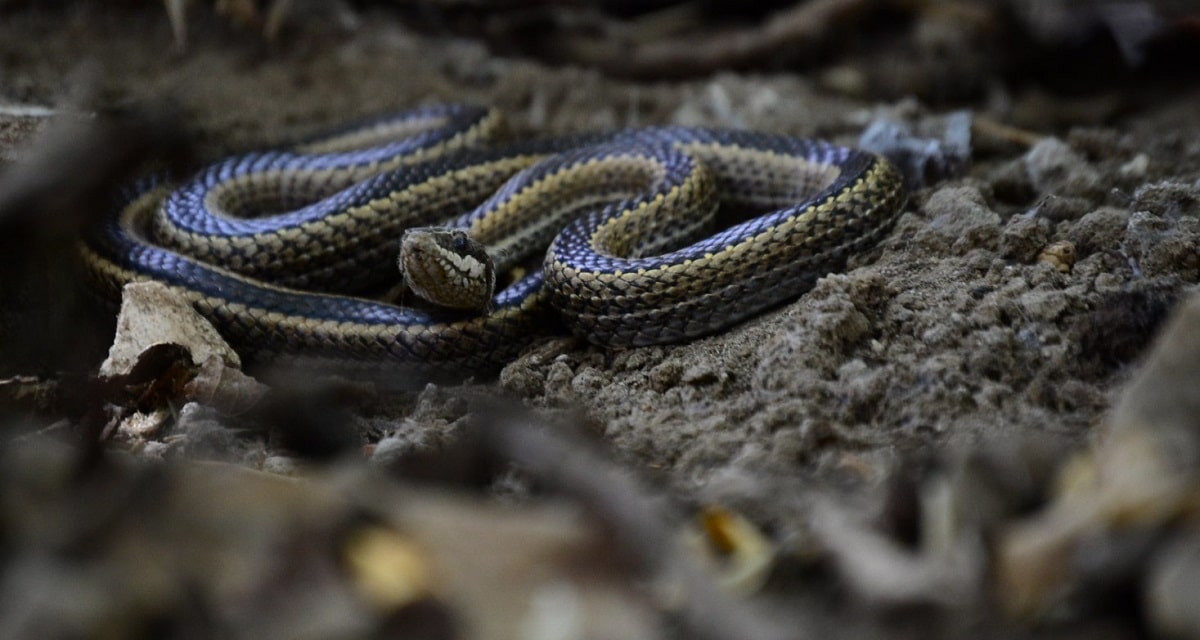
If you have already seen some or know that there are in the area, you can place mechanical traps to prevent them from getting too close to the home or garden.
But before putting them on, It is important that you contact a wildlife protection agency to comply with the legal and safety procedure. Currently you can choose between two cheat options. The first one works with glue and the other is a live trap.
As for glue traps, they are large enough to catch a snake almost 80 cm long. The good news is that it is also effective at trapping rats and mice, which are considered to be the main food source for snakes.
On the other hand, classic live traps have greater use than the previous onesSince they are reusable, the glue traps, once they catch the animal, are useless.
The only detail that exists for this second trap to work is use a bait. So if you are imagining a cage as a means of catching these animals, you are absolutely correct.
This last option is recommended for those people who do not like to harm animals or cause them any kind of physical pain, so if used correctly, it can be very effective.
GREETINGS, I REMIND YOU THAT ALL REPTILES ARE PROTECTED IN THE IBERIAN PENINSULA.
THAT'S THE FIRST THING YOU HAVE TO INDICATE ON YOUR CHANNEL.